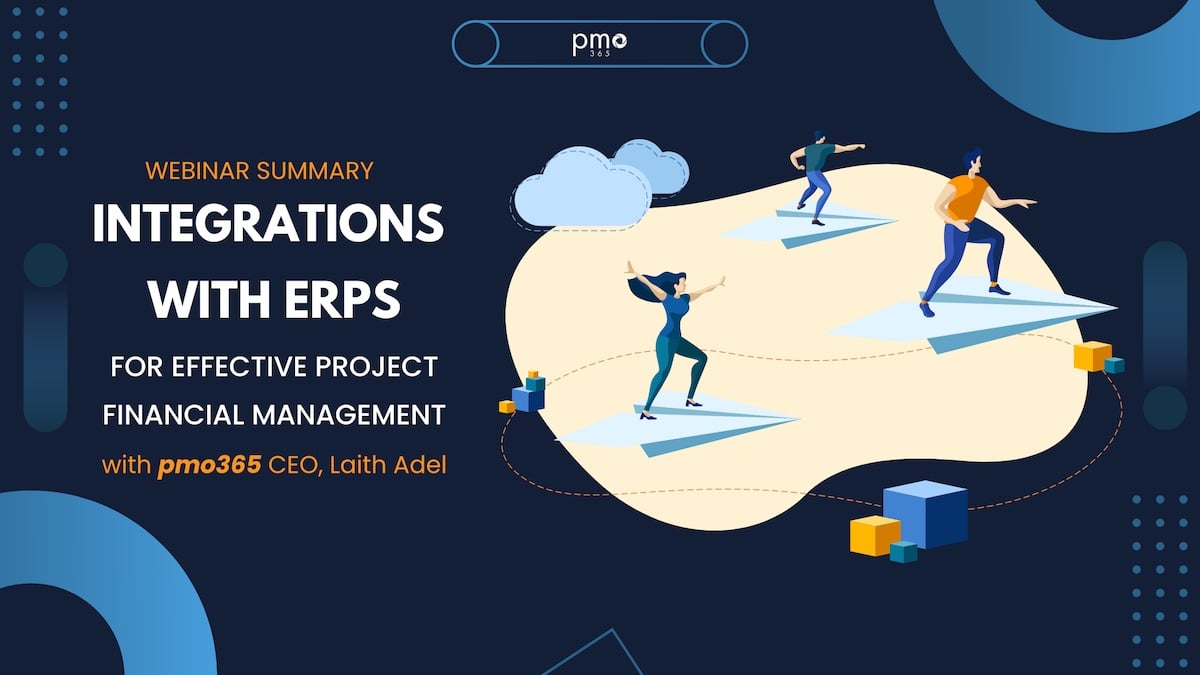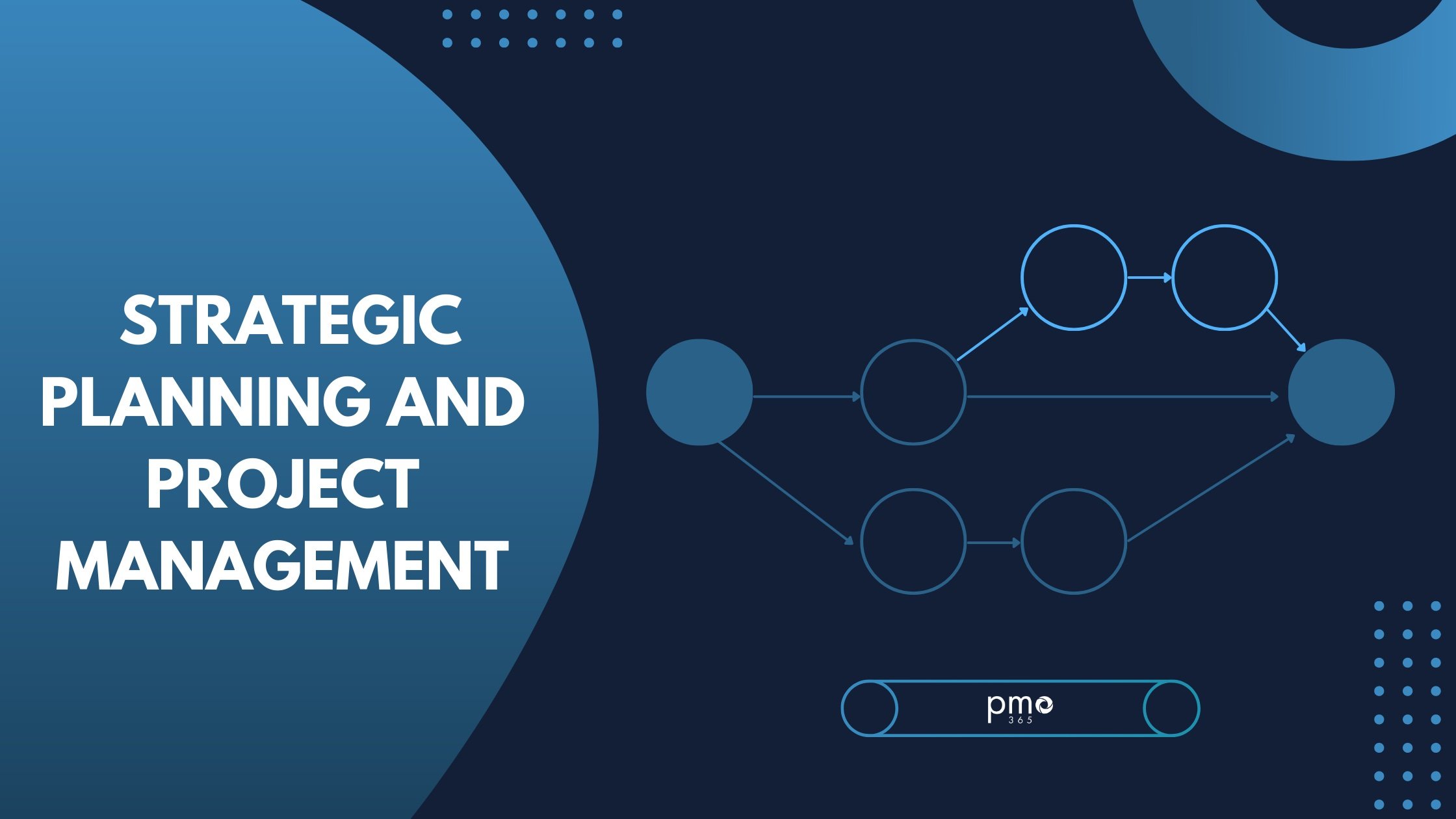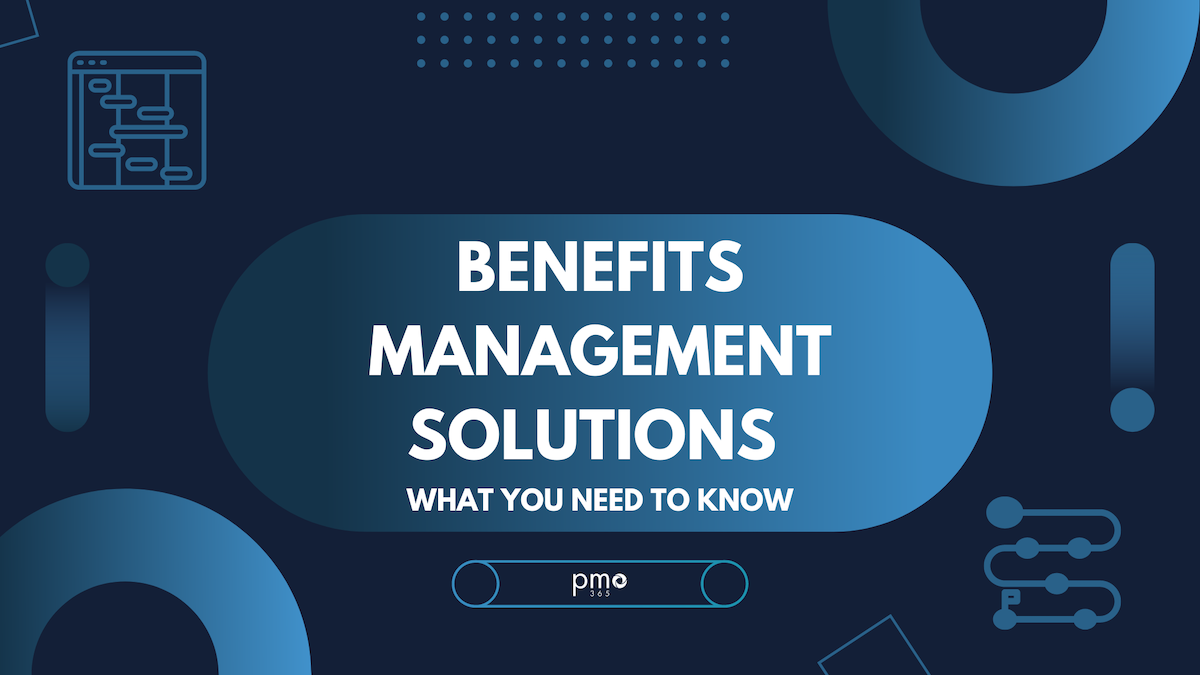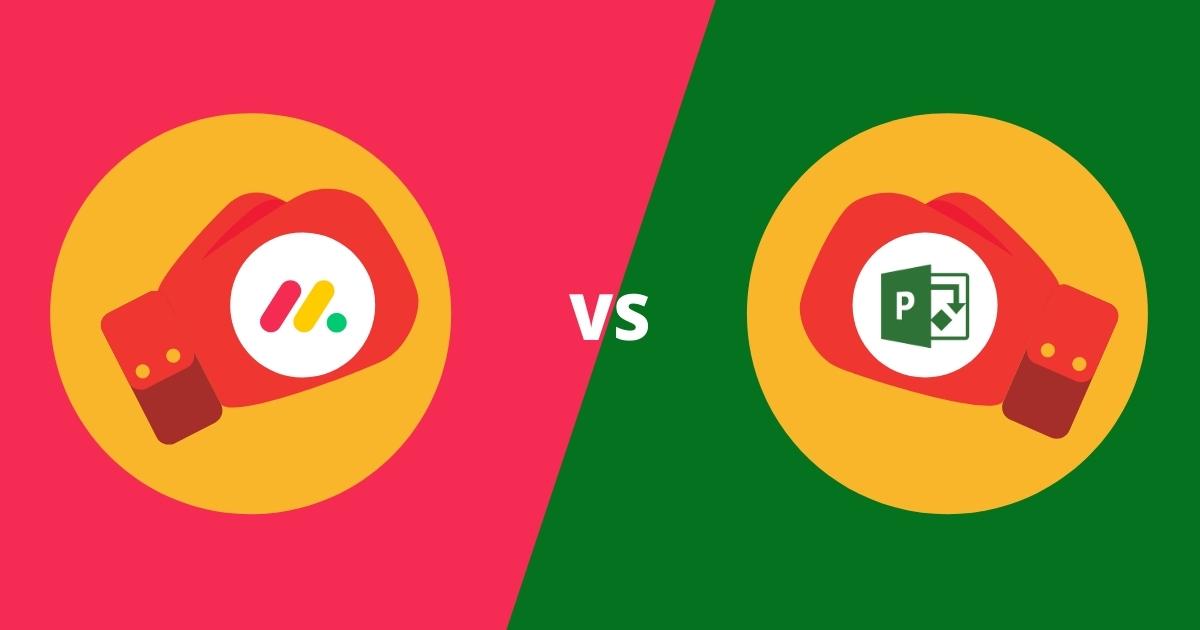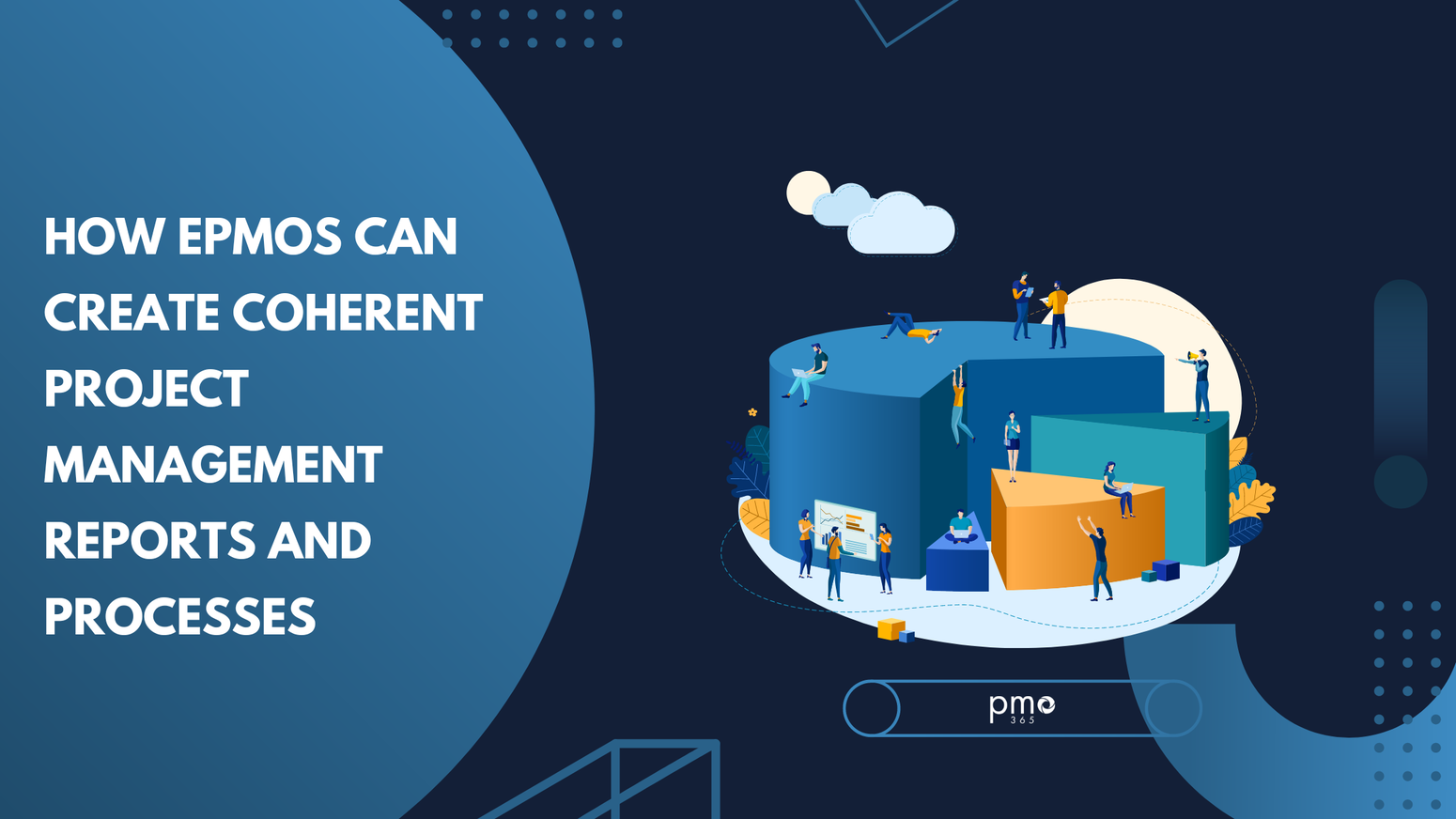Did you know you can improve the efficiency of your project meetings by using RAID Logs for project reviews?
RAID logs are a critical project portfolio management (PPM) tool, used extensively by project managers to structure their meetings. Inadequate risk management can significantly influence the trajectory of project delivery, and make inordinate demands on your time, resources, and budget.
PMO365’s RAID log has inbuilt processes to pre-empt problems that threaten to derail delivery. Project managers also find it incredibly useful for focussing project reviews on the most pressing matters. Here are five ways that PMO365’s RAID Logs contribute to efficient project meetings:
1. Embedded RAID Logs for Project Reviews
Risks are potential problems which have been identified by project managers. In other words, they could become issues at some point in the project’s lifecycle. RAID Logs identify the four main categories of risk management: risks, issues, assumptions, and dependencies.
Identifying each of these categories in project planning is a proactive approach which limits the likelihood and the potential damage of threats to successful delivery.
RAID Logs are embedded in PMO365, which means risk management information is accessible to every feature of its PPM Solution. Instant status updates and key reporting metrics heightens visibility in PMO365’s RAID logs, which makes large portfolios of projects significantly more manageable.
PMO365’s RAID Logs also store all the risk data and actions from previous projects for easy reference. Current projects are directly informed by the successes and the learnings of other projects.
PMO365 logs may be customised for any enterprise’s requirements. And, when used collaboratively, greatly improve discussion and rigour around risk.
The result? Project review meetings are both efficient and effective, with all the most up-to-date RAID information you need close to hand.
2. Clearly Defined and Categorised Risks
PMO365 provides greater visibility around project vulnerabilities, and recognises similarities between current projects and risks identified in past projects. PMO365’s Risk Management app has the capability to determine the severity of risks by plotting the probability of its occurrence on a matrix against the potential impact on the business.
When the severity of a risk is determined, an appropriate risk response is recommended. This will include measures to avoid the risk, or accept the risk to some degree, or mitigate the risk, or transfer the risk to a third party.
This kind of detail means you can come to project reviews armed with full knowledge of potential issues and responses.
3. Allocated Responsibilities in RAID Logs for Project Reviews
Good risk management is reliant on effective monitoring. PMO365 allocates every risk to an individual ‘owner’ who is responsible for monitoring and responding with an agreed plan of action if required. When risks are interconnected or highly technical in nature they may need a suitably qualified owner to be responsible for them.
When responsibility is established, the organisation’s preparation and response to risk can be properly evaluated. PMO365 prompts managers to log decisions made, accountability, justifications, duration, and the nature of each action. This promotes greater productivity and accountability within every project team and means that project review meetings need only include those employees directly relevant to the current discussion.
4. Assumptions and Prioritisations
All projects require estimations and strategies to guide them. This inevitably involves a number of assumptions which, if adequately monitored, can minimise the damage a project may be subject to. Therefore, PMO365 also logs assumptions, and triggers notifications when certain assumptions appear to be incorrect.
Recording assumption data means that everyone participating in a project review will be clear on which information is based on assumption, and which is based on known fact. As a result, more informed and better decision-making becomes a feature of all project reviews.
Over time, the nature of dependencies between risks, issues or assumptions becomes clearer. As risks are minimised, issues are resolved, or assumptions are ultimately confirmed, the priority of risks change. These changes are automatically updated in PMO365. Risk severity potential and priorities of risks are instantaneously adjusted to reflect the current situation.
Consequently, your risk management portfolio becomes more accurate and informative over time. On top of that, the institutional knowledge acquired from completed projects provides essential guidance for all future project methodologies.
5. Up to Date Information and Metrics
PMO365 is an integrated environment that maintains all real-time project portfolio data in a single, secure location.
Accordingly, RAID log data is part of an enterprise-wide system that identifies problems and suggests strategic interventions before issues start to cause problems elsewhere. Changes to any aspect of a project or program is reflected across the organisation. Furthermore, clear ownership of risk management from the start ensures the right response every time and forms a clear chain of authority for escalations.
In practice, integrated data gives every project stakeholder access to the very latest reporting and metrics, and timely notifications to help guide and monitor delivery.
How PMO365 Presents RAID Logs for Project Reviews
Risk management is always a key topic of discussion at a project review. Your PMO365 RAID Log ensures productive and meaningful consideration of all the potential factors at play. In one centralised database, you have:
- A list of risks, in a prioritised order, categorised and assigned to a team member.
- All issues, with information on their current status and how they are being managed.
- All assumptions that may be influencing your risk management strategies.
- All actions that have been taken and how they impact your project.
- All dependencies between risks, updated instantaneously with real time data.
- And all decisions made through the project’s progression, with their effectiveness evaluated.
Now, project meetings can be spent addressing the topics which really demand attention. With PMO365 you are improving the rigour and success rate of your project portfolio overall.
See how PMO365 can improve your risk management strategies with greater consistency and visibility across the entire organisation. Book a demo here.
PMO365: The Project Management Office on your Microsoft 365 cloud.


